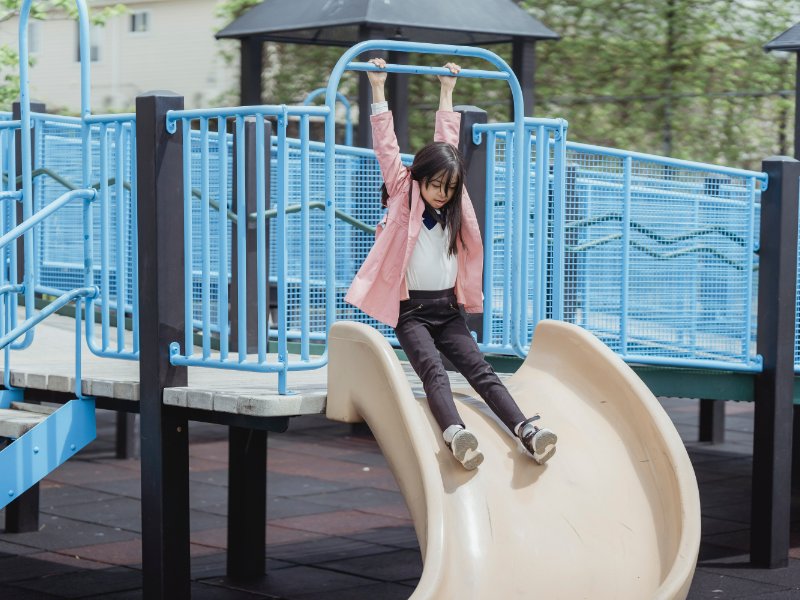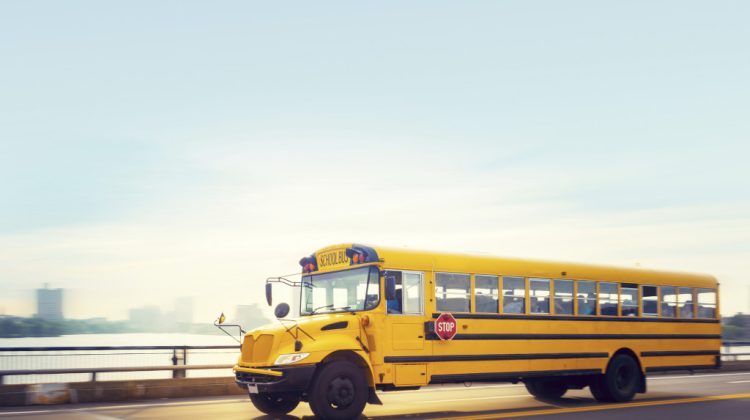This week – April 25-29, 2022 – is National Playground Safety Week. Playground safety is incredibly important to parents because all children should have access to safe environments to play in. It can be scary and disheartening to realize that your child was injured in a place that should be safe for them.
In honor of Playground Safety Week, the injury attorneys of DiMarco | Araujo | Montevideo provide some information about common injuries, equipment dangers, and safety tips.
Common Causes of Playground Injuries
According to the CDC, 45% of playground injuries are either severe fractures, internal injuries, dislocations, concussions, or amputations. There are many situations in which these injuries can occur. On public playgrounds, the majority of equipment-related injuries happen while climbing. At home playgrounds, the most injury-causing piece of equipment is swings.
The National Program for Playground Safety reports that over 70% of playground injuries involve falls, and the majority of those relate to falling onto an unsafe surface. That’s why it’s incredibly important that the surface underneath a playground is safe to fall on. Suggested materials include sand, woodchips, and rubber. There are also specifications for how deep and wide these safe surface areas should be.
Another common cause of injury is falling from heights. Ideally, the fewer heights there are on a playground, the lower the risk of injury will be. No matter how many times you warn children not to jump off high surfaces, they tend to do it anyway. That’s why it’s recommended that equipment is no taller than five feet high.
Faulty Playground Equipment
One factor that can lead to injuries on the playground is the equipment itself. Even if the playground structures themselves are safe, factors like heat and hard materials can still lead to injury. It’s important to maintain equipment regularly to avoid issues.
Unfortunately, equipment has been known to malfunction. Not only that, but sometimes proper instructions for using the equipment are not provided. The CDC reports that around 75% of playground injuries related to equipment happen on public playgrounds, which points to improper maintenance.
There are actually three main types of product defects: design defects, manufacturing defects, and warning defects. Design defects are when the playground equipment was designed poorly from the start. Manufacturing defects are when the equipment was not manufactured to the appropriate safety standards. Warning defects are when proper warnings are not provided, leaving families unsure of how to use the equipment safely.
Playground Safety Tips
It’s a good idea to teach children rules before playing on a playground. Try and choose a maximum of five rules, so they can be remembered easily. Depending on the playground, the group of kids, and who’s supervising, some suggested rules are as follows.
- No running
- One person on a slide at a time
- No pushing or shoving
- Have separate play times for different age groups
- No jumping off the swings midair
- Take water breaks when it’s hot out
- No playing without a chaperone
- Ensure the playground is regularly inspected for hazards
If your child does sustain an injury on the playground, don’t panic. Your first concern should be the health and safety of the child, getting them medical care if necessary. If the injury was caused by defective equipment, take photos of the products in question. These can be used as evidence if your child’s injury was serious and you decide to file a product liability claim.





No Comment